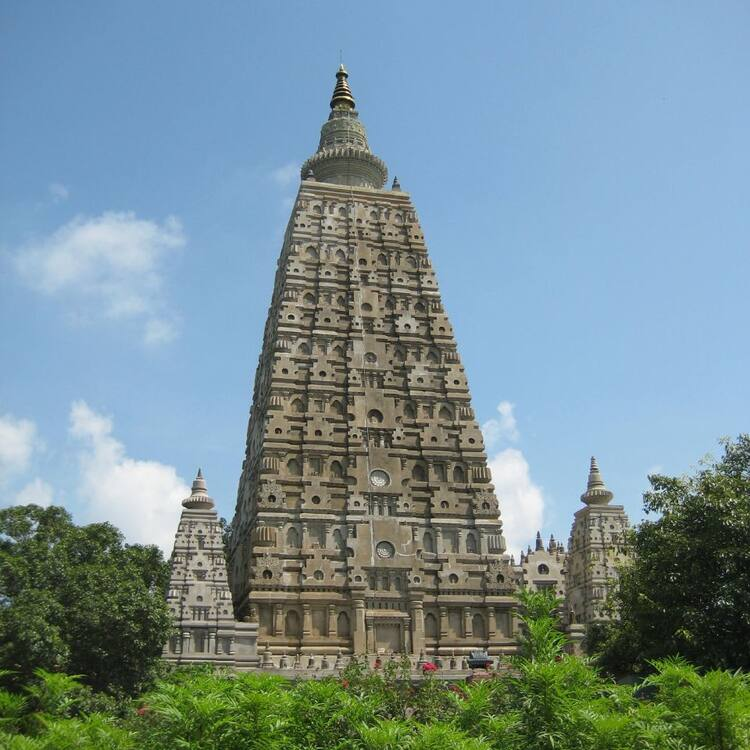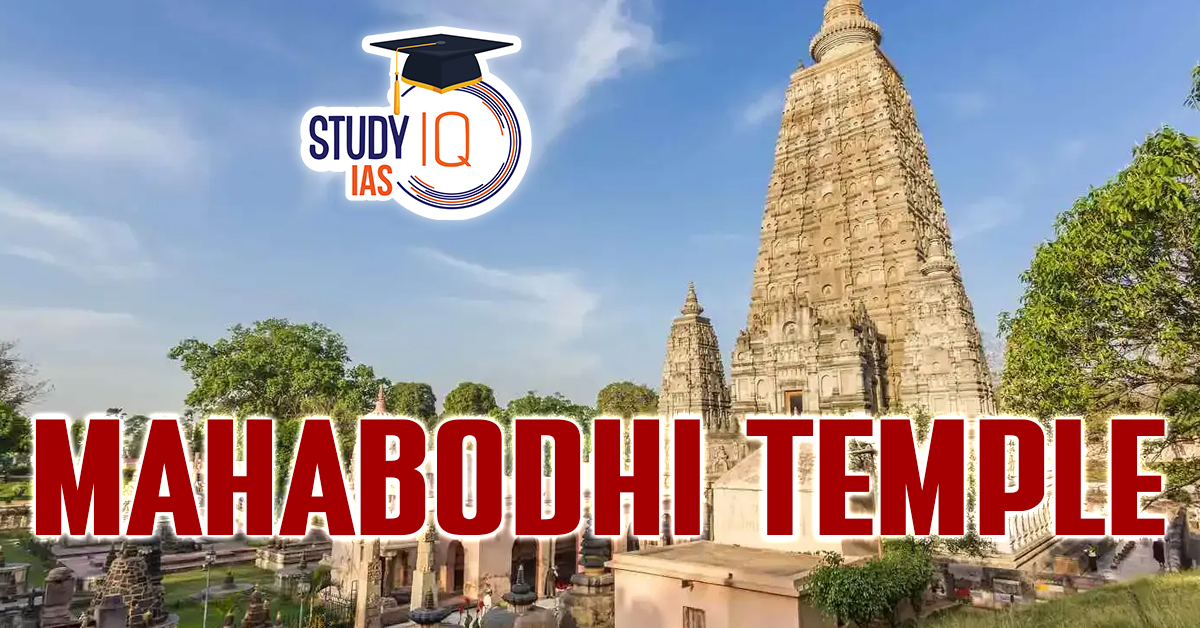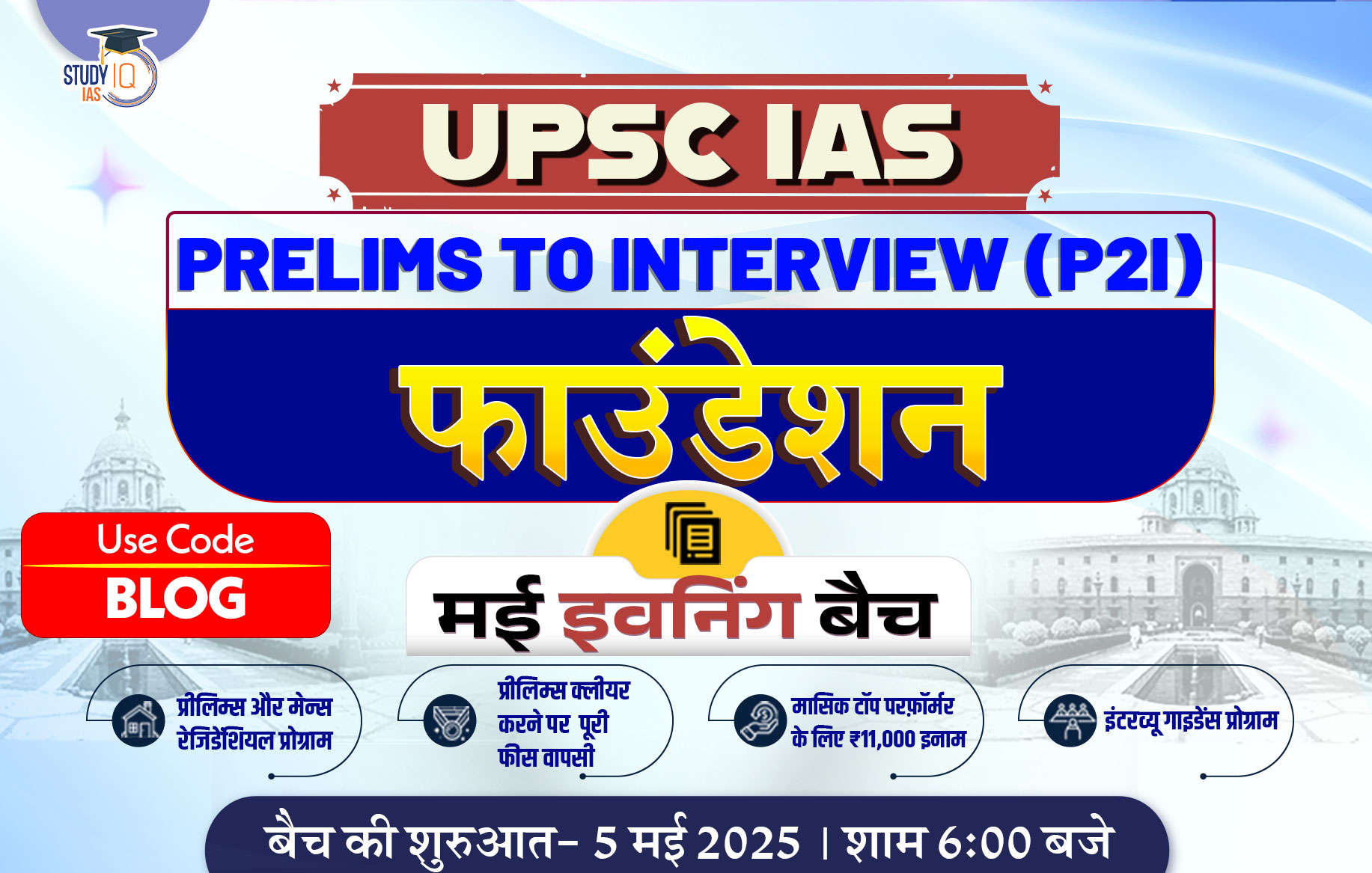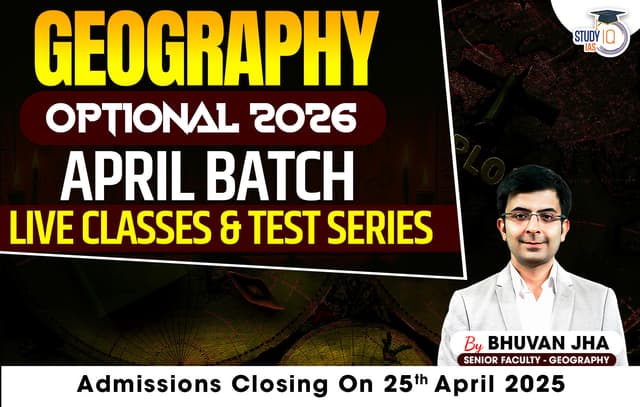Table of Contents
Mahabodhi Temple Complex
- The Mahabodhi Temple in Bodh Gaya, Bihar, is one of the most sacred sites in Buddhism, marking the place where Gautam Buddha attained enlightenment.
- It is a UNESCO World Heritage Site.
- It was originally built by Emperor Ashoka (3rd century BCE) & Later expanded by the Gupta rulers (4th–6th century CE).
- It is located on the banks of the Niranjana River, also known as Phalgu River.

Other Shrines in the Mahabodhi Temple Complex
- Bodhi Tree: The descendant of the original Bodhi tree under which Buddha meditated.
- Vajrasana (Diamond Throne): A stone platform where Buddha meditated for seven days after enlightenment. It was built by Emperor Ashoka.
- Chankramana Path (Buddha’s walking path).
- Animesh Lochana Chaitya (where Buddha spent a week in deep contemplation).
- Sacred Lotus Pond
Key Features of the Mahabodhi Temple Complex
- Mahabodhi Temple – A 55-meter-tall ancient building with a pyramidal spire, adorned with intricate carvings and a central shrine housing a golden Buddha statue in a meditation position.
- Bodhi Tree – A holy fig tree said to be a direct descendant of the original tree beneath which Buddha was enlightened.
- Vajrasana (Diamond Throne) – A stone seat installed by Emperor Ashoka in the 3rd century BCE, which is where Buddha meditated.
- Lotus Pond – A peaceful water feature where, in legend, Buddha rested following enlightenment.
- Other Stupas and Monasteries – The compound has a number of stupas, meditation halls, and monasteries constructed by Buddhist societies from across the globe.
Historical and Cultural Significance of Mahabodhi Temple
- The ancient temple is traced to the reign of Emperor Ashoka (3rd century BCE) but was rebuilt in the 5th–6th century CE.
- It is one of the four most significant Buddhist pilgrimage centers, together with Lumbini, Sarnath, and Kushinagar.
- The temple complex continues to be a thriving hub for Buddhist meditation, teachings, and festivals such as Buddha Purnima.


 Saora Tribe: Culture, Traditions, and th...
Saora Tribe: Culture, Traditions, and th...
 Golconda Blue Diamond, a Rare Gem from I...
Golconda Blue Diamond, a Rare Gem from I...
 Kailash Mansarovar Yatra to Resume Soon,...
Kailash Mansarovar Yatra to Resume Soon,...





















